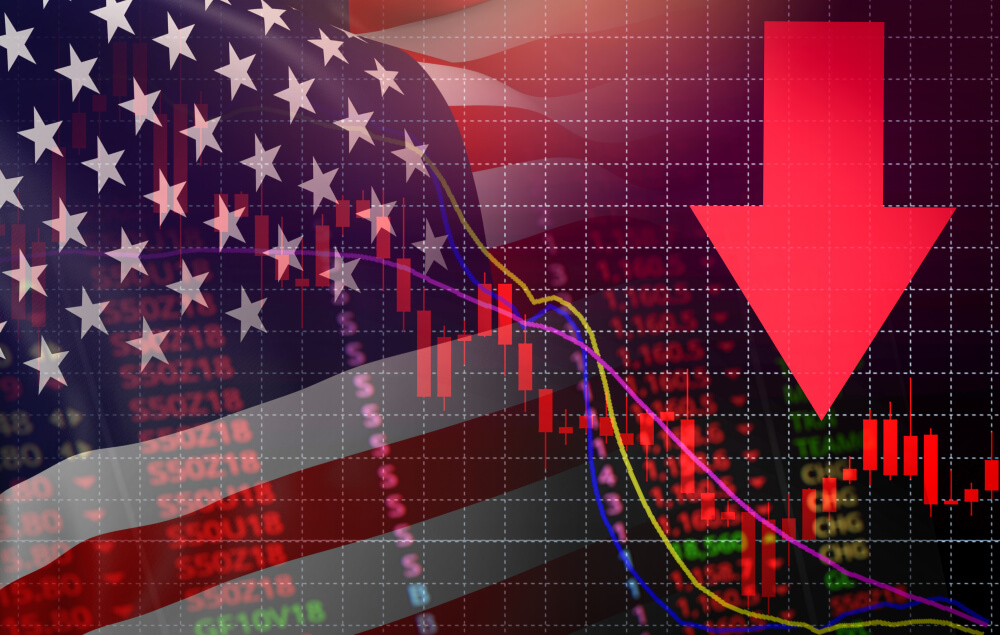Source: Fox Business
The U.S. economy shrank at slightly slower pace in the second quarter than previously reported, but continued to meet the criteria for a so-called technical recession as raging inflation and higher interest rates weighed on spending.
Gross domestic product, the broadest measure of goods and services produced across the economy, shrank by 0.6% on an annualized basis in the second quarter, the Commerce Department said in its second reading of the data on Thursday. That is below the initially reported 0.9% decline.
GDP already contracted by 1.6% in the period from January to March, the worst performance since the spring of 2020, when the economy was deep in the throes of the COVID-induced recession.
Recessions are technically defined by two consecutive quarters of negative economic growth and are characterized by high unemployment, low or negative GDP growth, falling income and slowing retail sales, according to the National Bureau of Economic Research (NBER), which tracks downturns.
The latest downturn stems from a number of factors, including declines in private inventories, residential and nonresidential investment, and government spending at the federal, state and local levels. Those decreases were offset by increases in net exports – the difference between what the U.S. exports and what it imports – as well as consumer spending, which accounts for two-thirds of GDP.
The report showed that consumers are spending far less than they were in the winter, with personal consumption expenditures climbing by just 1% for the period as high inflation persisted and eroded Americans' purchasing power.
The report will fuel a growing political crisis for President Biden, who has seen his approval rating collapse in conjunction with a faltering economy, and could complicate the Federal Reserve's policy trajectory as it weighs how quickly to raise interest rates in order to tame inflation without crushing economic growth.
Central bank policymakers raised the benchmark interest rate by 75 basis points in June and July for the first time since 1994. They signaled that another increase of that magnitude is possible in September, depending on forthcoming economic data.
Fed Chairman Jerome Powell told reporters last month that he does not believe the U.S. economy is in a recession.














